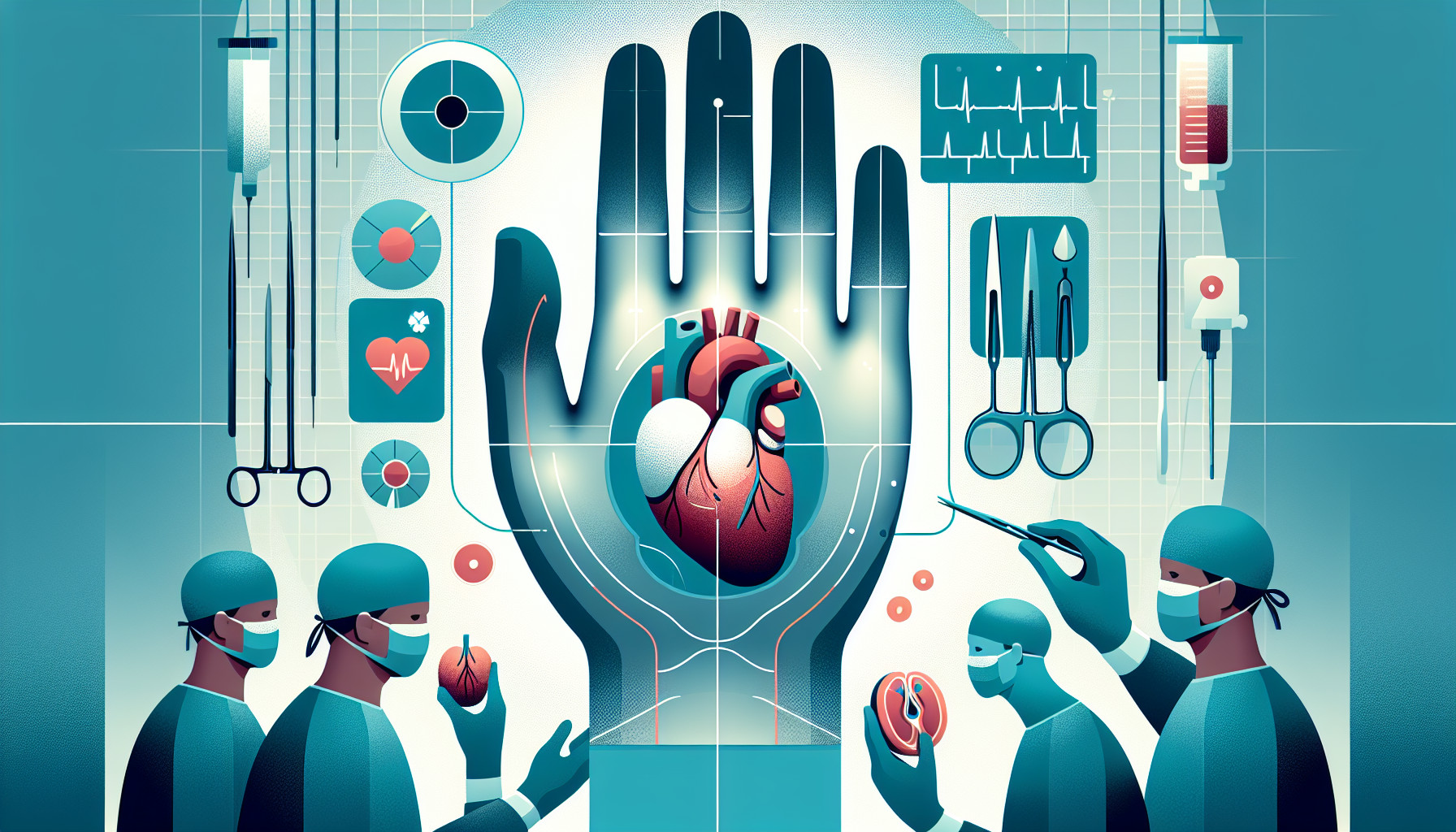Our Summary
This research paper is about a study conducted on 18 patients with recessive dystrophic epidermolysis bullosa, a condition that often leads to hand deformities. In total, 30 hands were surgically treated from 1998 to 2016 in two hospitals in Paris, France. The treatment involved a surgical procedure to release the thumb and other fingers, which were often fused together due to the disease. After the surgery, the palms and thumbs were covered with full-thickness skin grafts (skin taken from another part of the body), while the rest of the hand was covered with a special material (Integra® or Matriderm®), and then a thinner layer of skin graft. After the operation, patients underwent rehabilitation.
The results were promising. In more than half of the cases (57%), the function of the hand was maintained for more than 3 years, and in a third of cases, it was maintained for over 5 years. The researchers concluded that a combination of good surgical technique, rehabilitation, and overall patient management led to these successful outcomes, which not only improved patients’ physical abilities, but also had significant psychological benefits.
FAQs
- What was the surgical treatment conducted on the patients with recessive dystrophic epidermolysis bullosa in the study?
- What was the success rate of the hand transplant surgeries performed between 1998 and 2016 in Paris, France?
- How did the surgical technique and rehabilitation contribute to the successful outcomes of hand transplant surgeries?
Doctor’s Tip
A helpful tip a doctor might tell a patient about hand transplant is to follow the post-operative care instructions carefully, attend all scheduled rehabilitation sessions, and communicate any concerns or changes in symptoms to their healthcare team promptly. It is important to be patient and committed to the recovery process, as it may take time to regain full function and sensation in the transplanted hand. Additionally, maintaining a healthy lifestyle and following a personalized rehabilitation plan can help optimize the long-term success of the hand transplant.
Suitable For
Typically, patients who are recommended for hand transplant surgery are those who have suffered severe hand deformities or injuries that have significantly impacted their ability to perform daily tasks and activities. This can include individuals with conditions such as recessive dystrophic epidermolysis bullosa, traumatic injuries, burns, or congenital anomalies.
In the case of recessive dystrophic epidermolysis bullosa, patients may have fused fingers, limited range of motion, or other deformities that make it difficult for them to use their hands effectively. Hand transplant surgery can help to restore function and improve quality of life for these individuals.
It is important for patients to undergo a thorough evaluation by a team of specialists, including surgeons, rehabilitation therapists, and psychologists, to determine if they are suitable candidates for hand transplant surgery. Factors such as overall health, motivation, and ability to comply with post-operative care and rehabilitation are taken into consideration when recommending this type of procedure.
Overall, hand transplant surgery can be a life-changing procedure for patients with severe hand deformities, providing them with improved function, independence, and quality of life.
Timeline
Before the hand transplant:
- Patients with recessive dystrophic epidermolysis bullosa experience hand deformities due to the condition.
- Patients undergo a surgical procedure to release the thumb and other fingers that are often fused together.
- Skin grafts are used to cover the palms and thumbs, while a special material is used on the rest of the hand.
- Patients undergo rehabilitation to regain function in the hand.
After the hand transplant:
- More than half of the cases maintain hand function for over 3 years, and a third maintain it for over 5 years.
- Successful outcomes are attributed to good surgical technique, rehabilitation, and overall patient management.
- Patients experience improved physical abilities and significant psychological benefits from the hand transplant.
What to Ask Your Doctor
What are the potential risks and complications associated with a hand transplant surgery?
How long will the recovery process take, and what can I expect in terms of pain management and rehabilitation?
What are the success rates of hand transplant surgeries, particularly in cases of hand deformities like those caused by recessive dystrophic epidermolysis bullosa?
How will the new hand function compared to my original hand, and what limitations should I be aware of?
Are there any specific criteria or requirements I need to meet in order to be considered a candidate for a hand transplant?
How will the transplant affect my daily life and activities, such as work, hobbies, and personal care routines?
What are the long-term effects and considerations I should be aware of after receiving a hand transplant?
Are there any alternative treatments or options available for my condition that I should consider before proceeding with a hand transplant surgery?
How will the transplant impact my overall health and immune system, and what follow-up care will be required to ensure the success of the surgery?
Can you provide me with information on the specific surgical techniques and materials that will be used in the hand transplant procedure, and how they have been successful in similar cases in the past?
Reference
Authors: Abboud L, Leclerc-Mercier S, Bodemer C, Guéro S. Journal: J Plast Reconstr Aesthet Surg. 2022 Jan;75(1):314-324. doi: 10.1016/j.bjps.2021.05.056. Epub 2021 Jun 15. PMID: 34253486
